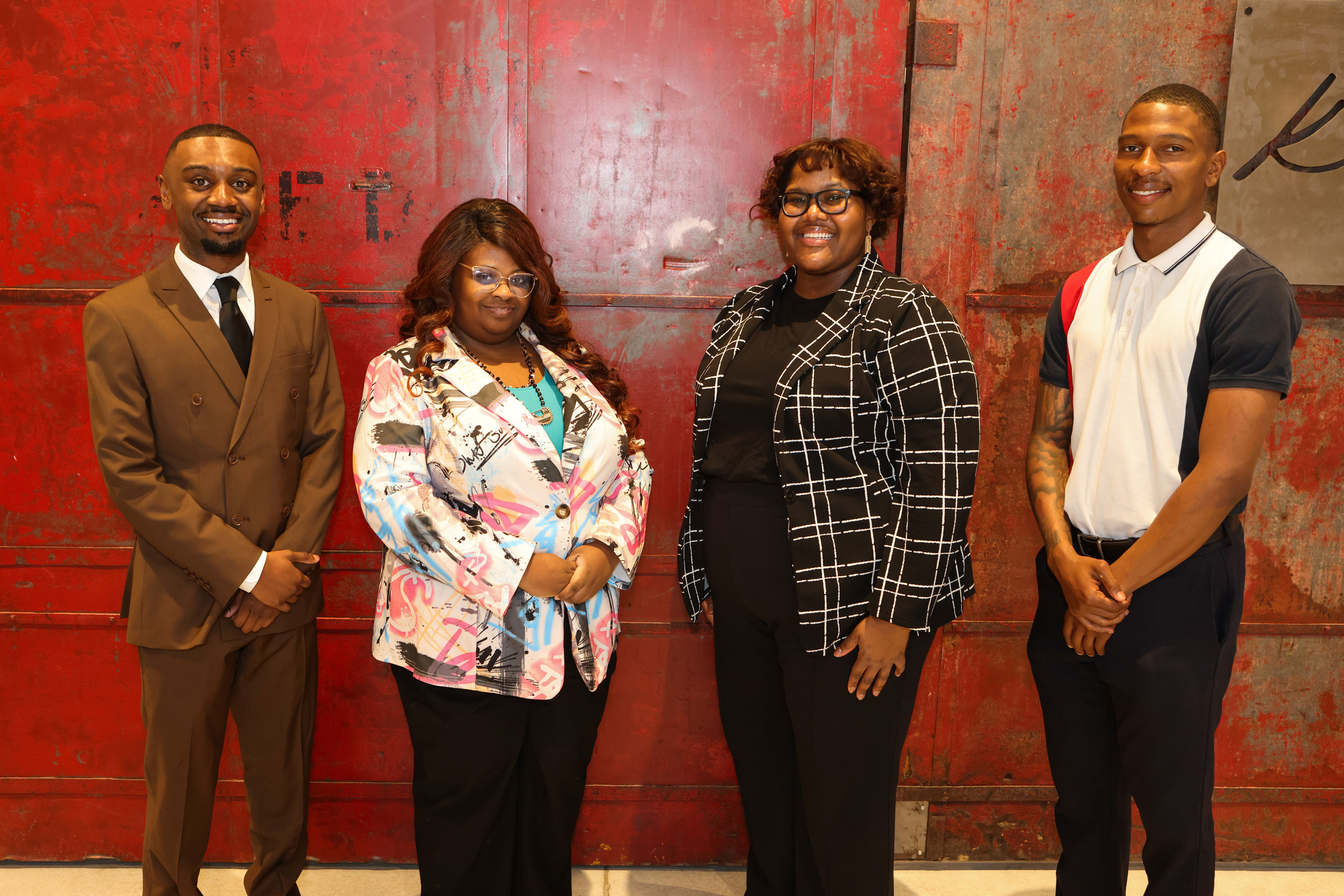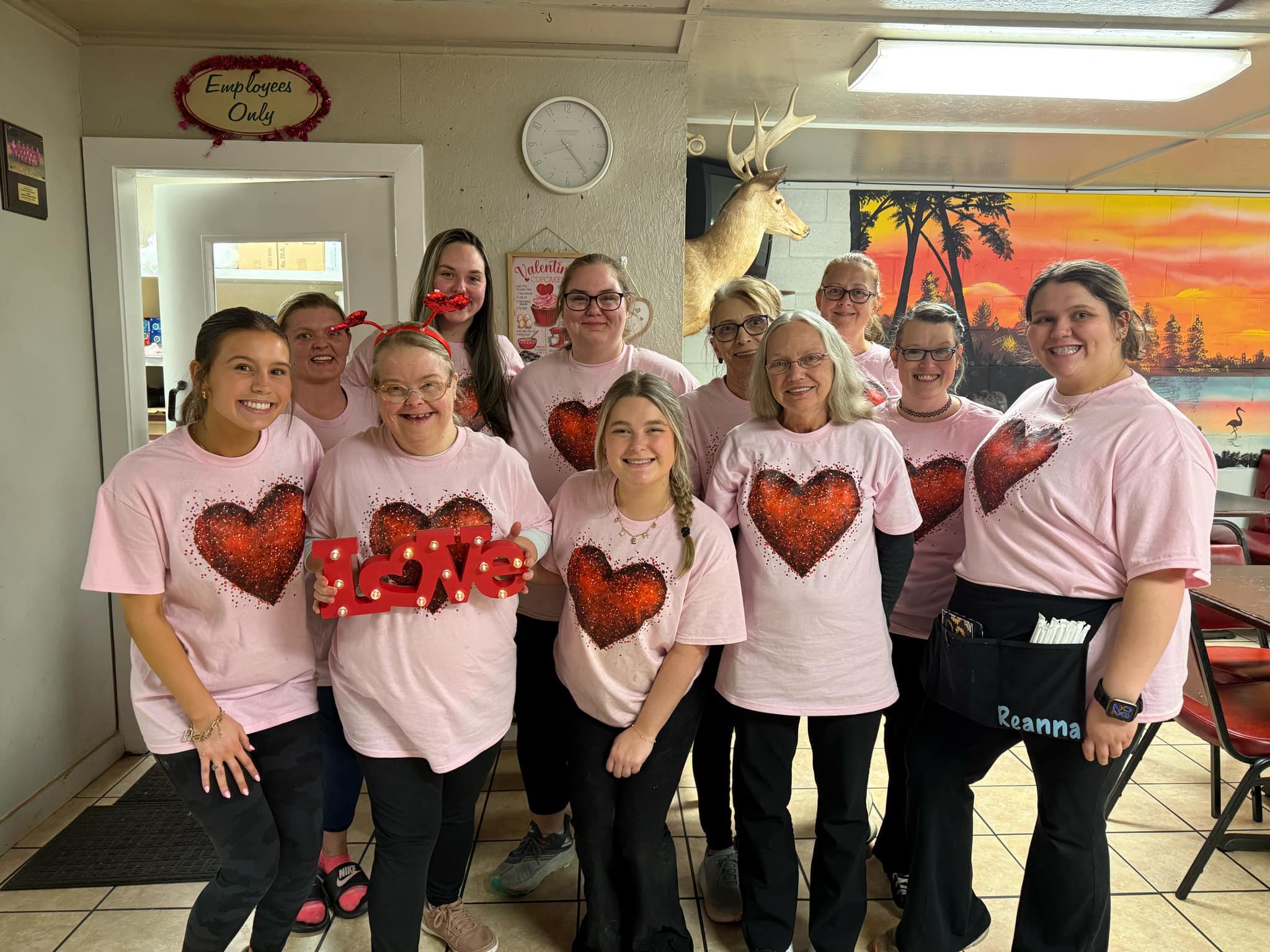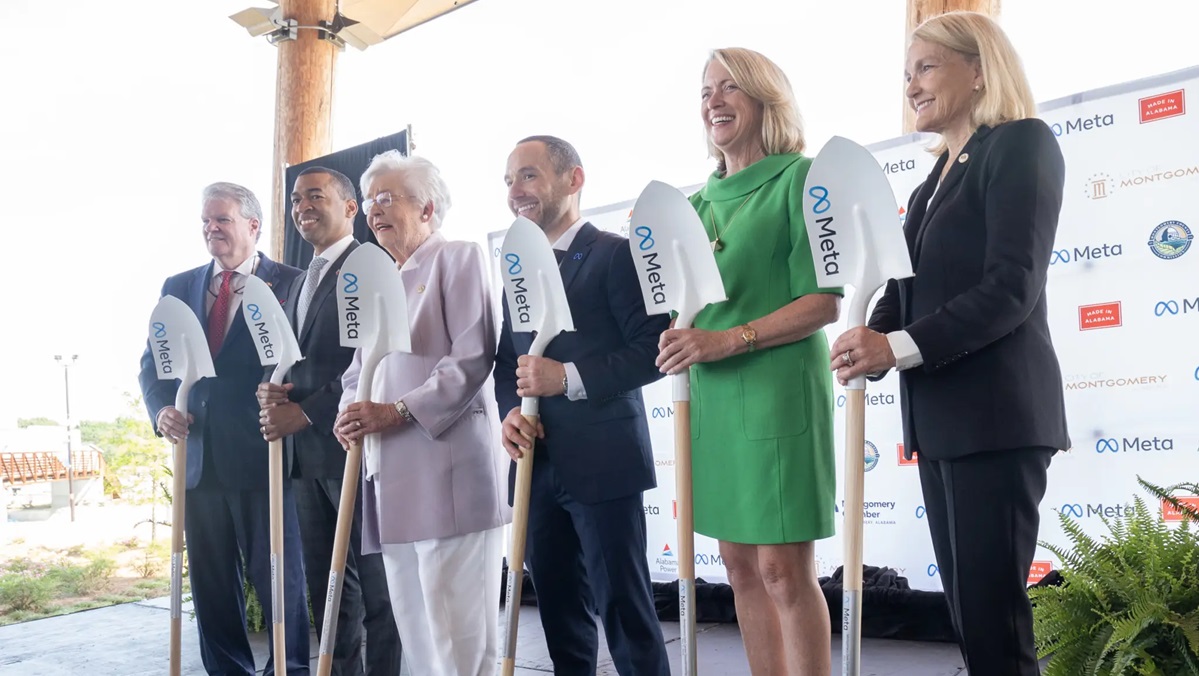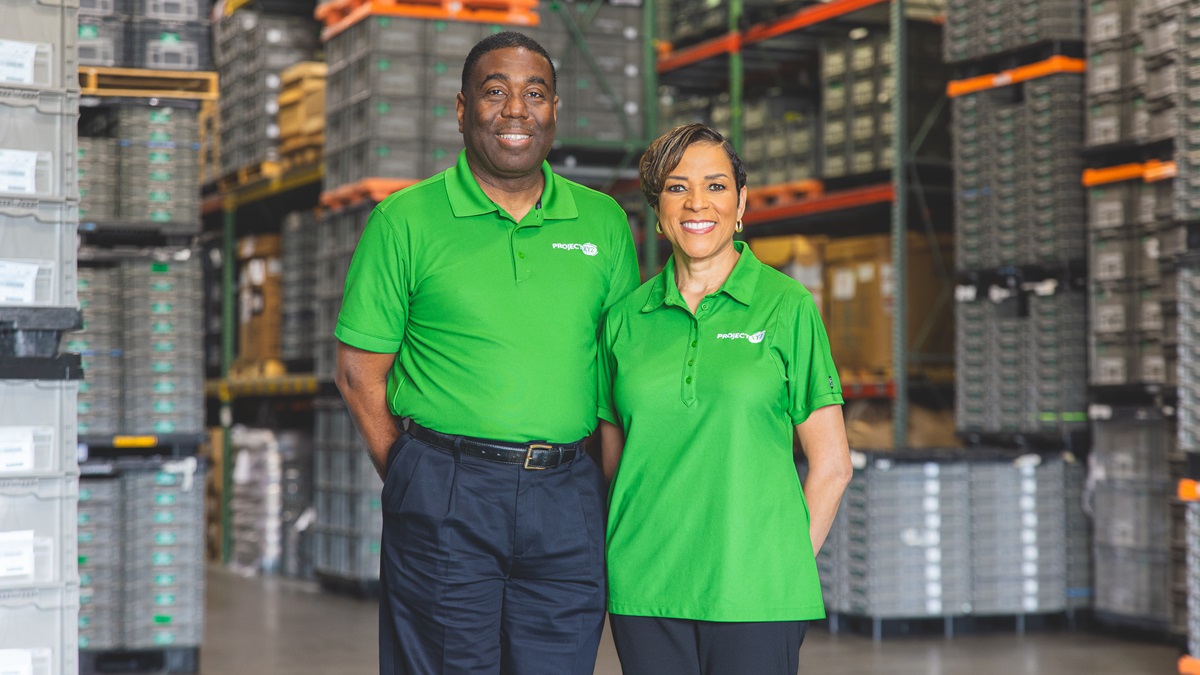How a military mindset might get your business back in business

A return to work during the COVID-19 crisis may require some lessons learned from the military. (Getty Images)
Alabama businesses took unprecedented steps to help in a communitywide response to avoiding the worst of a pandemic. However, getting back to normal will not be a matter of changing lights on a traffic signal.
“When businesses can finally reopen, we can imagine bosses saying, ‘Welcome back, everyone! Free coffee and doughnuts today. Now, let’s get to work!’” said emergency management consultant Bo Mitchell. “But they can be blindsided by employees’ trauma and inability to focus on their jobs. They need leadership to move from fear, anxiety, resentment and grief to optimism and productivity.”
A former soldier and police commissioner, Mitchell holds certifications in emergency management, business continuity, hazard management and environmental safety compliance. Based in Connecticut, he has corporate clients around the world.

A return to work during the COVID-19 crisis may require some lessons learned from the military. (Getty Images)
“In the U.S. Army, soldiers are rotated out of combat zones every 30 days for rest and relaxation,” Mitchell said. “Your employees have now spent months battling an invisible, lethal enemy without any R&R. If you’re not careful, you’ll be telling them to return to the work where they face potential exposure to a deadly virus they can bring home to their families. That’s a huge stress factor.”
One of the biggest keys to returning to productivity is being in front of this transition, and replacing trauma with trust.
“High-stakes, high-pressure fields like first responders and medical professions already account for these stresses, but other businesses might not,” Mitchell said.
In a blog post entitled “How reopening your worksite can blindside you,” Mitchell outlines considerations that most emergency management models have in common:
- Prepare a safe workplace so employees will feel secure and valued.
- Ask employees how they’re faring and what they need.
- Do what you can to solve reopening problems of childcare and eldercare, transportation, preference to work from home.
- Express empathy as well as optimism.
- Be truthful, even with bad news.
- Share your vision for the new normal at your organization, including clear goals, strategies and tactics.
- Help everyone understand their roles.
- Reinforce a sense of belonging and working with common purpose.
“And one of the biggest, as always, is to lead by example,” Mitchell adds. “Don’t be blindsided by your employees’ trauma, anxiety and PTSD. Get started on your emergency management before reopening. This will help your returning employees settle in, focus and function at their peak as quickly as possible.”
Mitchell has more COVID-19 advice for businesses at his site, 911 Consulting.





